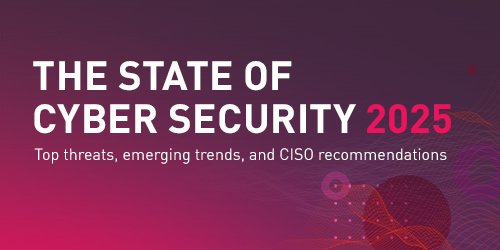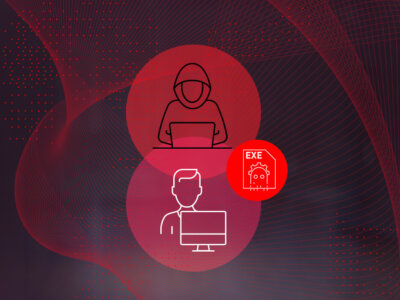As millions of students return to classrooms and campuses, schools are facing another challenge: a sharp rise in cyber attacks. According to Check Point Research, from January through July 2025, the education sector continued its streak as the most targeted industry worldwide, averaging 4,356 attacks per organization each week — a 41% year-over-year increase.
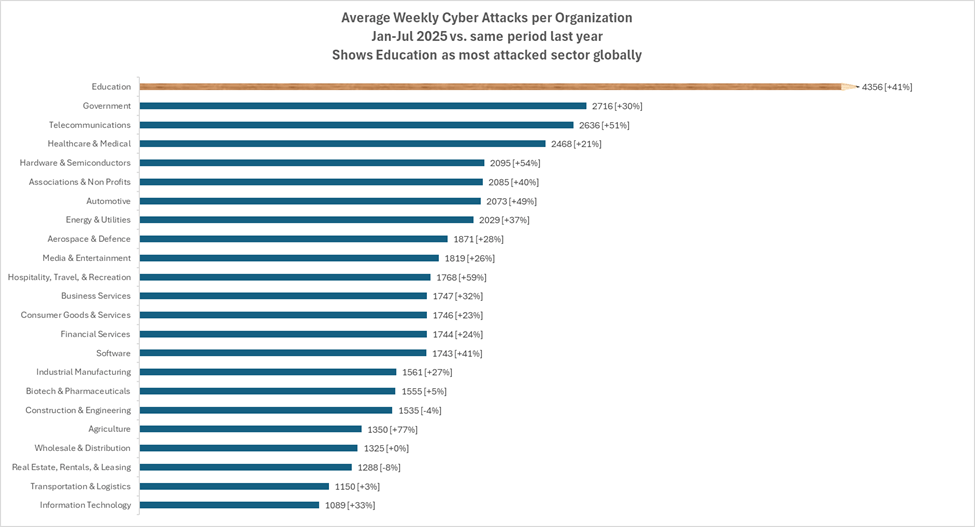
Global View of Education Attacks
The education sector has seen unprecedented levels of cyber activity this year:
- 4,356 average weekly attacks per organization worldwide.
- 41% overall increase YoY, making it the most attacked industry globally.
- Consistent targeting across both developed and developing regions, highlighting the global scale of the threat.
These numbers reinforce that the education sector is now a prime focus for cyber criminals, with attacks intensifying during key seasonal milestones like the back-to-school period.
Regional and Country-Level Hotspots
- APAC leads globally, with organizations in the region hit by an average of 7,869 weekly attacks.
- North America recorded the steepest rise, with a 67% increase YoY.
- In Europe, attacks climbed 48% YoY, while Africa saw a 56% surge.
| Region | Average Weekly Attacks per Organization | Change YoY |
| APAC | 7,869 | +31% |
| Africa | 4,473 | +56% |
| Europe | 4,161 | +48% |
| Latin America | 3,164 | +16% |
| North America | 3,047 | +67% |
At the country level, the sharpest increases were observed in:
- Hong Kong – 5,399 attacks, +210% YoY.
- Italy – 8,593 attacks per organization, +82% YoY.
- Portugal – 5,488 attacks, +80% YoY.
- United States – 2,912 attacks, +75% YoY.
These figures underscore how schools, universities, and colleges across the globe are increasingly in the crosshairs of cyber criminals.
Seasonal Phishing Threats Targeting Students and Staff
Cyber criminals are exploiting the seasonal spike in digital activity. In July 2025 alone, Check Point observed 18,391 new domains related to schools, universities, and students, with one in every 57 found to be malicious or suspicious.
Several phishing campaigns highlight how attackers disguise threats with academic themes:
- Fake University Login Pages: On August 12th, attackers distributed phishing emails containing files named after schools and colleges in the format [university_name].comVWAV.svg. Victims were redirected to a fake university login pages crafted to mimic Microsoft Outlook and designed to harvest credentials.
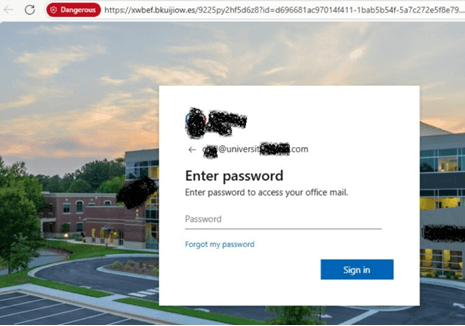
- Payment Update Scam: During August, staff at a University in the United States received a PDF titled “ ****** University-Pay Update.pdf.” The document urged recipients to update MFA settings via QR code and threatened account suspension. In reality, it redirected to a malicious Microsoft login clone.
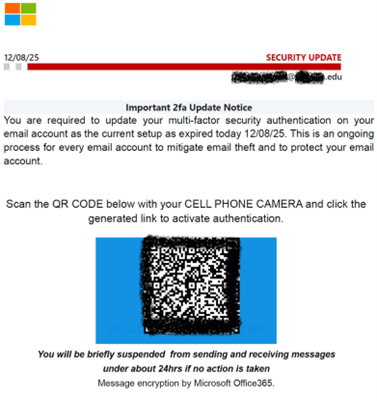
Both cases demonstrate how attackers leverage back-to-school urgency to trick users into disclosing sensitive information.
Why Education is a Prime Target
The education sector presents the perfect storm of vulnerabilities:
- Highly distributed user bases (students, staff, alumni, parents).
- Heavy reliance on online platforms and shared credentials.
- Limited budgets for IT and cyber security.
- Access to sensitive data ranging from student records to cutting-edge research.
These conditions make schools an attractive target for cyber criminals seeking financial gain or stolen identities.
How Schools Can Protect Themselves
To reduce risk during the back-to-school season, education institutions should:
- Reinforce phishing awareness for staff and students with examples of current scams.
- Harden authentication by enforcing MFA and monitoring for MFA fatigue phishing tactics.
- Monitor new domains related to their institution for typosquatting or impersonation.
- Patch and update systems regularly, especially widely used platforms such as email and collaboration tools.
- Deploy advanced threat prevention solutions that block malicious emails, files, and links before they reach users.
Data Source
The insights presented in this blog come from Check Point’s ThreatCloud AI platform, which analyzes millions of indicators of compromise (IoCs) daily. Powered by over 50 AI-driven engines and fed by intelligence from more than 150,000 networks and millions of endpoints, ThreatCloud AI provides one of the most comprehensive, real-time views of the global threat landscape available today.
Key Takeaway
With attacks on education rising by more than 40% year over year and phishing campaigns exploiting the back-to-school rush, the sector remains at the forefront of global cyber threats. Proactive security awareness and layered defenses are essential to keep students, staff, and institutions safe.


